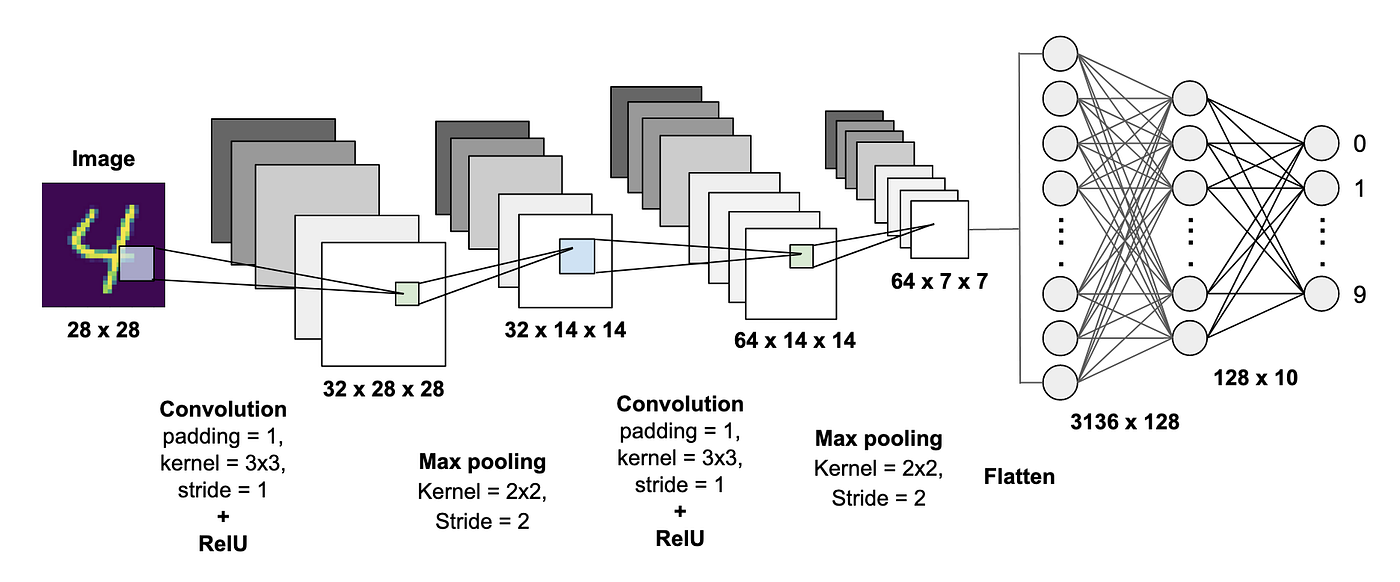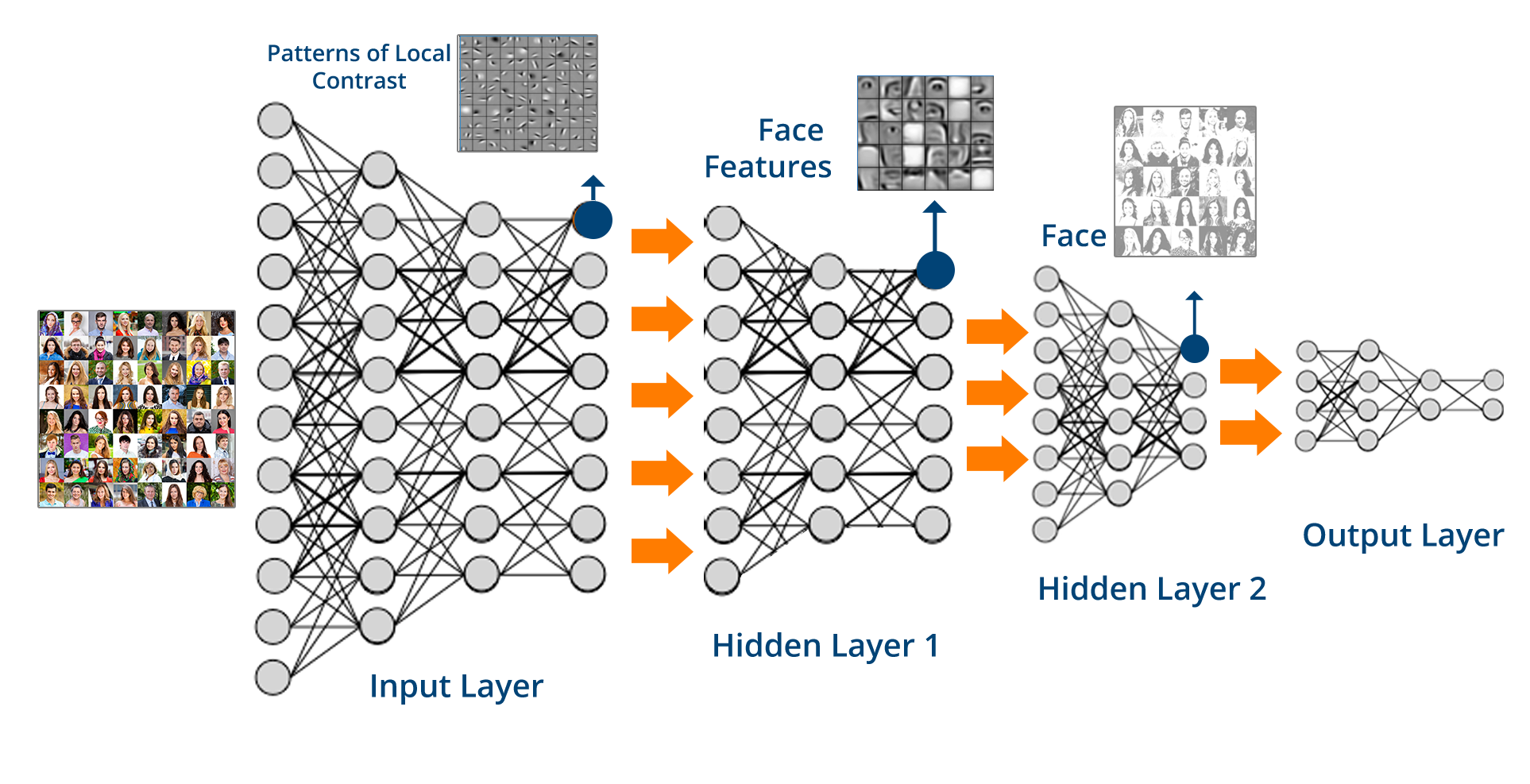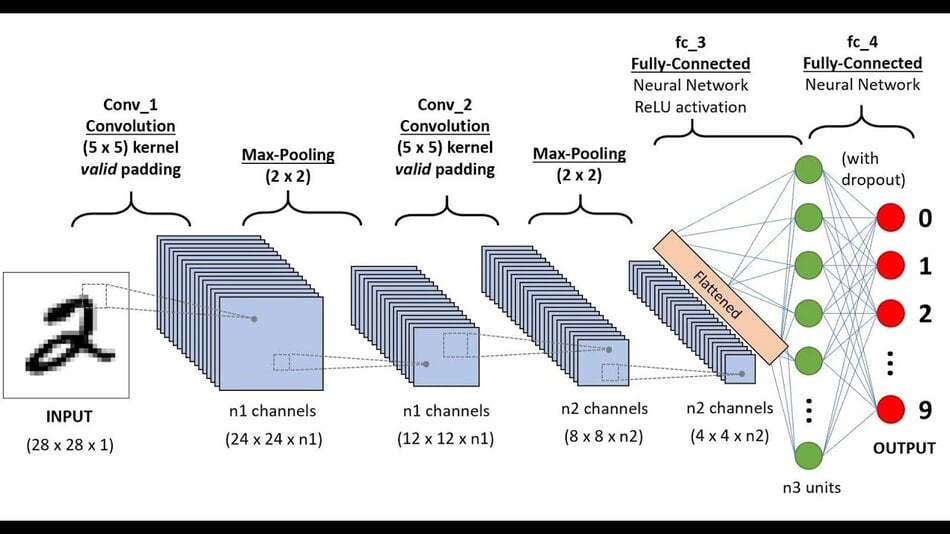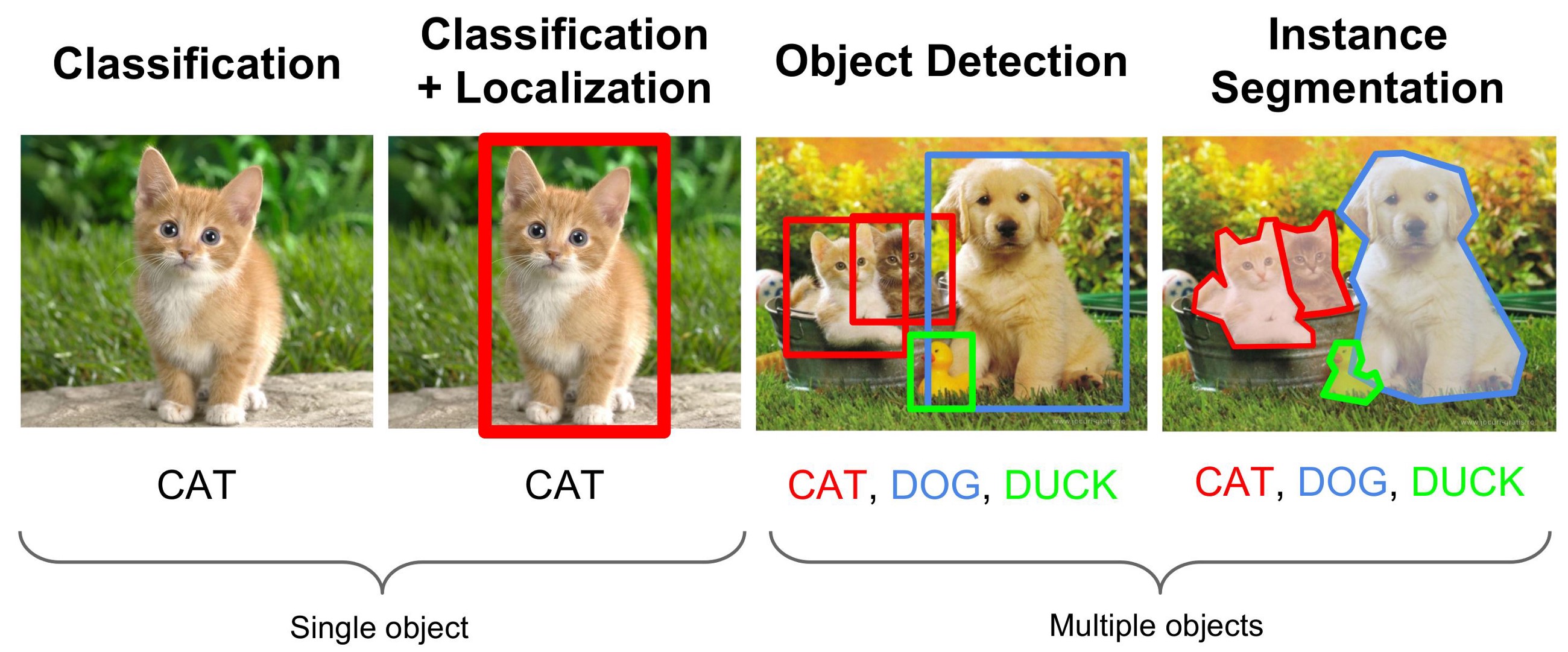Deep Learning Algorithms for Image Recognition

Image recognition is a subfield of computer vision that deals with the identification of objects in images. It has a wide range of applications, including facial recognition, object detection, and medical imaging. In recent years, deep learning algorithms have become the state-of-the-art approach for image recognition, achieving human-level performance on many benchmark datasets.
Deep learning algorithms are a type of machine learning algorithm that are inspired by the human brain. They are typically composed of multiple layers of interconnected artificial neurons, which are able to learn complex representations of data. This allows deep learning algorithms to extract features from images that are relevant to the task at hand, such as the presence of certain objects or the shape of an object.
There are a number of different deep learning algorithms that can be used for image recognition. Some of the most popular include:

- Convolutional neural networks (CNNs)
- Recurrent neural networks (RNNs)
- Deep reinforcement learning (RL)
CNNs are a type of neural network that is specifically designed for processing data that has a grid-like structure, such as images. CNNs work by applying a series of convolution operations to the input image, which helps to extract features from the image. RNNs are a type of neural network that is able to process sequential data, such as time series data. RNNs can be used to model the temporal dynamics of images, which can be helpful for tasks such as video classification. Deep RL is a type of reinforcement learning algorithm that can be used to train agents to perform tasks in an environment. Deep RL can be used for tasks such as robotic manipulation and self-driving cars.
Deep learning algorithms have achieved state-of-the-art performance on a wide range of image recognition tasks. In particular, CNNs have been shown to be very effective for tasks such as object detection, face recognition, and medical imaging.

Here are some examples of how deep learning algorithms are being used for image recognition:
- Facial recognition: Deep learning algorithms are being used to develop facial recognition systems that are more accurate and reliable than traditional methods. These systems are being used for a variety of applications, such as security and access control, customer service, and law enforcement.
- Object detection: Deep learning algorithms are being used to develop object detection systems that can identify objects in images and videos. These systems are being used for a variety of applications, such as self-driving cars, robotics, and medical imaging.
- Medical imaging: Deep learning algorithms are being used to develop medical imaging systems that can diagnose diseases and other medical conditions. These systems are being used to improve the accuracy and speed of diagnosis, and they are also being used to develop new treatments for diseases.
Deep learning algorithms are a powerful tool for image recognition. They are able to achieve human-level performance on a wide range of tasks, and they are continuing to improve. As deep learning algorithms become more powerful, they will become even more useful for a variety of applications.

How do deep learning algorithms work for image recognition?
Deep learning algorithms work for image recognition by learning to identify features in images that are relevant to the task at hand. For example, a deep learning algorithm for object detection might learn to identify the edges of objects, the shapes of objects, and the colors of objects. Once the algorithm has learned these features, it can use them to identify objects in new images.
Deep learning algorithms are able to learn these features by being trained on a large dataset of images. The training dataset is used to teach the algorithm how to identify the features that are relevant to the task at hand. The algorithm is then tested on a separate dataset of images to see how well it can perform the task.

Deep learning algorithms are very powerful for image recognition because they are able to learn complex features from images. This allows them to achieve human-level performance on a wide range of tasks.
What are the advantages and disadvantages of deep learning algorithms for image recognition?
There are a number of advantages to using deep learning algorithms for image recognition. These include:

- Accuracy: Deep learning algorithms can achieve human-level accuracy on a wide range of image recognition tasks.
- Scalability: Deep learning algorithms can be trained on large datasets, which allows them to learn complex features.
- Robustness: Deep learning algorithms are able to learn from noisy and imperfect data.
There are also a number of disadvantages to using deep learning algorithms for image recognition. These include:
- Complexity: Deep learning algorithms can be complex to design and train.
- Interpretability: Deep learning algorithms can be difficult to interpret, which can make it difficult to understand how they are making decisions.
- Bias: Deep learning algorithms can be biased against certain groups of people or objects.

Overall, deep learning algorithms are a powerful
Post a Comment